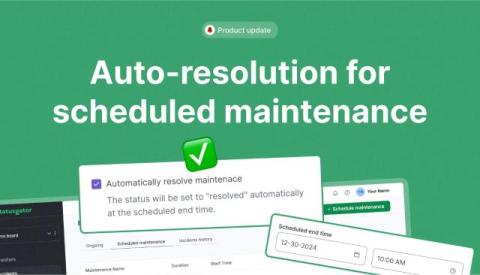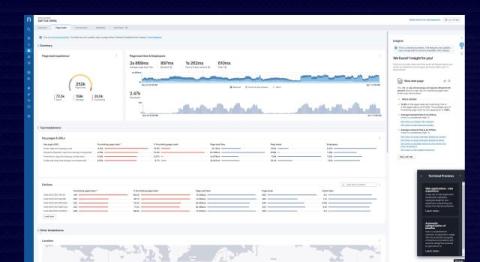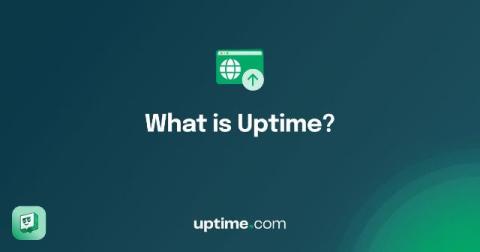How to Nail an ITIL CMDB: 5 Things to Keep in Mind
ITIL CMDB is a term you're likely to hear more than once if you're involved in the world of IT Asset Management (ITAM). Although its implementation promises great benefits, industry statistics indicate that only 25% of organizations derive significant value from their CMDB investments.











